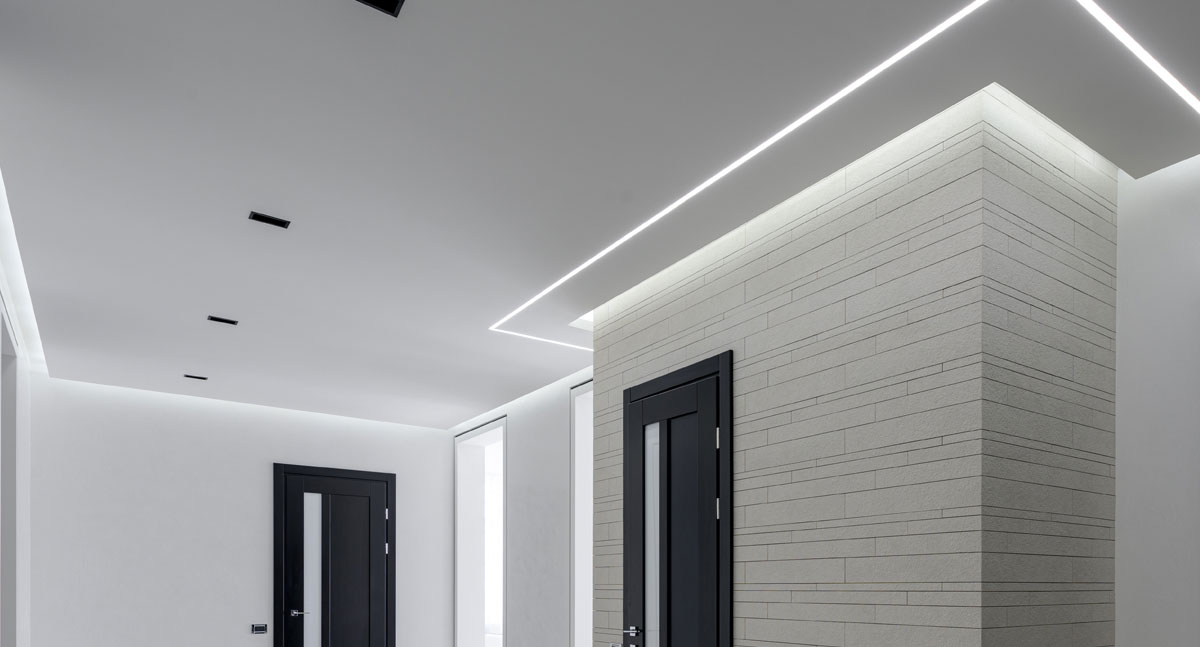No, low voltage will not damage an LED light as they are a diode, meaning, if you don’t supply enough voltage, proper light won’t be emitted. This is partially way dimming switches work so well with LED lighting. In fact, running an LED light through a lower voltage could in fact increase its lifetime.
The manufacturer of the LED may very well have provided a data specification. By reading the specification, you can understand safe voltages and potentially even the percentage luminosity (which is the proportion of maximum full voltage) for your selected voltage. This data can help you choose the right LED for your lighting installation that’s well-suited for lower voltages, and it might also assist you to pick an appropriate housing type for your light.
LEDs, especially dimmable LEDs are a great way to save energy and money, they are also suitable for a variety of different speciality uses such as reading lights for study, but some people are worried that they might be damaged by running them on low voltage. This is a common concern, but it’s actually not something that you have to worry about.
Do LED lights work on low voltage?
Yes, LED lights will still function on low voltage. LEDs are diodes, and diodes have a nonlinear current rise as a result of increasing voltage. They appear to have incredibly high resistance if you apply a voltage in the incorrect direction, and they prevent current from flowing.
When you apply it in the forward direction, as the voltage increases, not much current will flow until you reach a certain point in the current vs voltage graph, at which point the diode will start to act as if it had very low resistance (allowing a lot more current to pass and cause the LED to light up).
Then, when you go below the diode’s minimum forward voltage, nothing exciting happens. You force the same current to flow through all of them when you connect them in series, resulting in a roughly equal voltage distribution among them (because they are identical LEDs).
LEDs have a negative temperature coefficient. This means that as they heat up, they allow more current to flow. This makes them get warmer, and then even more current flows. This cycle will continue until the LED burns out unless it is stopped.
LEDs are connected in either a resistor in series to the LED (wastes power but has a compensating positive temperature coefficient) or a current regulating circuit.
A physical resistor is often avoided in handheld battery-operated gadgets since the resistance and PTC of the battery are utilized instead. This is also why you may expect LEDs to be dimmer in parallel. LEDs that are not matched will produce a lot of heat if they’re all on at the same time. They’ll share current fairly well as long as none of them get too hot (which can lead to the LED smoking). If one heats up more than the others, it will require more electricity than the others and will warm up faster.
It’s more useful to consider LEDs in terms of current rather than voltage. Voltage is the pressure applied to the electrons, or how hard they “bellow” them, whereas current is the speed at which electrons flow through something during a given period of time.
The current determines the brightness of the LED, how hot it gets and when it burns out. Voltage is responsible for current, but only when effective resistance is considered. When looking at issues of brightness or time before failure, because effective resistance changes with temperature, voltage is not the ideal term to use.
Conclusion
No, low voltage will not damage your LED lights. In fact, it might even help to increase their lifetime. If you’re concerned about running your LEDs at a lower voltage, be sure to check the data specification from the manufacturer or contact the electricians at Finnley Electrical for advice. This will help you choose an appropriate LED for your needs and make sure that it is well-suited for lower voltages.


